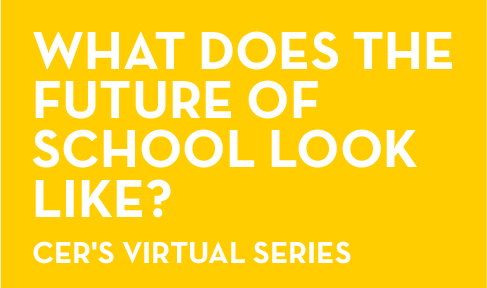Don't Choice Programs Just "Cream" the Best Students?
Skeptics often argue that school choice programs only succeed because they “cream” the best students, those with the most involved parents or the best academics, and leave the hard-to educate behind in the troubled traditional public school system. By measurement of student academic progress, parental involvement, constituent satisfaction and public school reaction to competition, the above mentioned studies show that choice programs do succeed, not by “creaming,” but by providing quality education to all students. Consider:
- While a third of traditional district public school students nationally are minorities, half of charter school students are minorities and 14% have identified special needs.
- Established choice scholarship programs in Cleveland and Milwaukee target at-risk children, exclusively from low-income families.
- The older programs in Vermont and Maine provide schooling in rural location where public schooling was unavailable.
- Private scholarship programs specifically target low-income, at-risk children.
School choice does not “cream;” rather, it allows parents of at-risk children to choose the schooling that best suits their child’s educational and emotional needs, and in many cases parents are able to explore schooling alternatives before their child’s problems become too severe.













